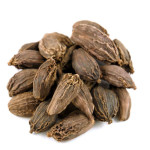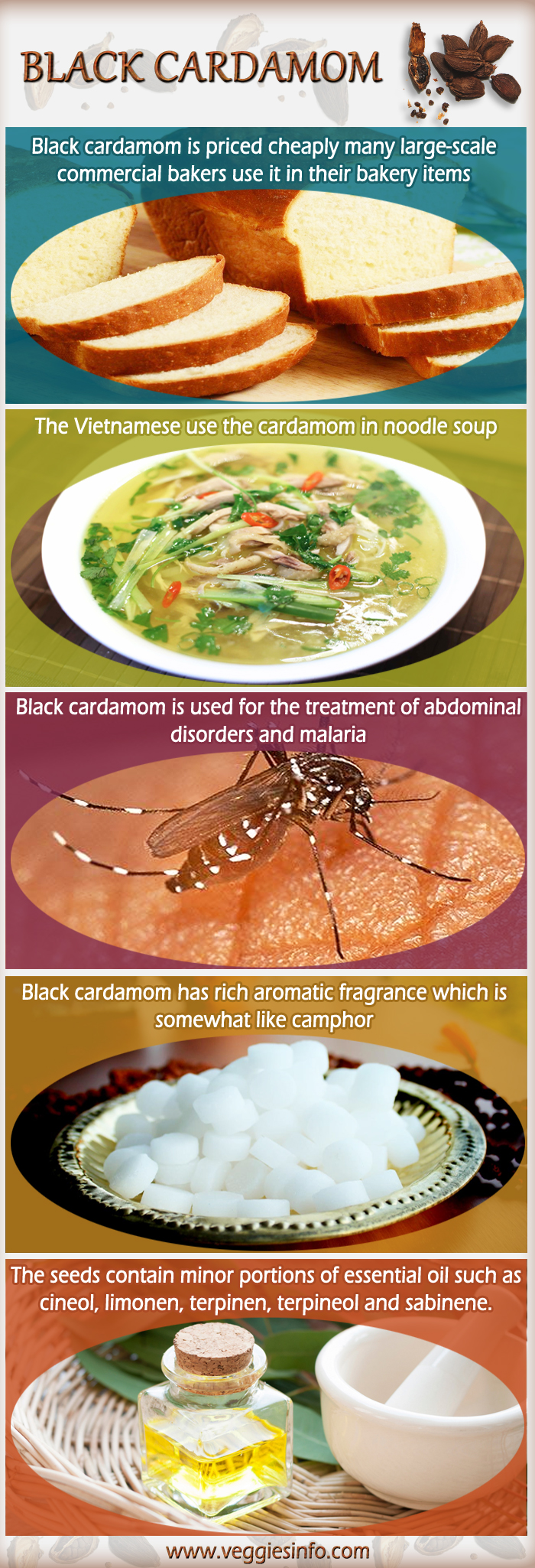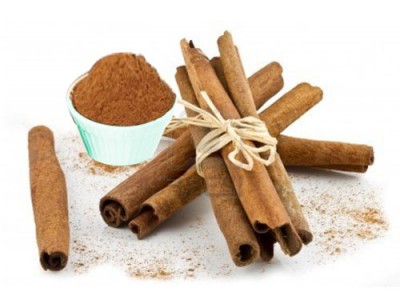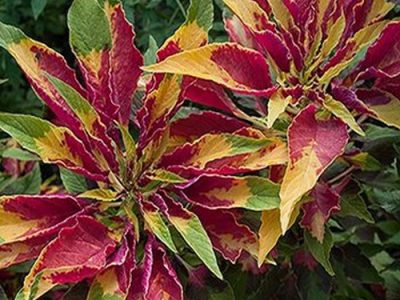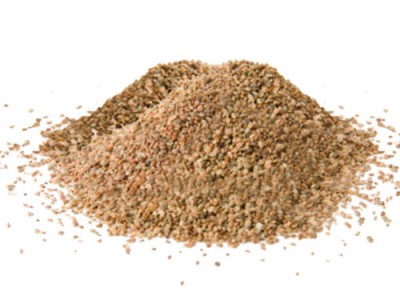
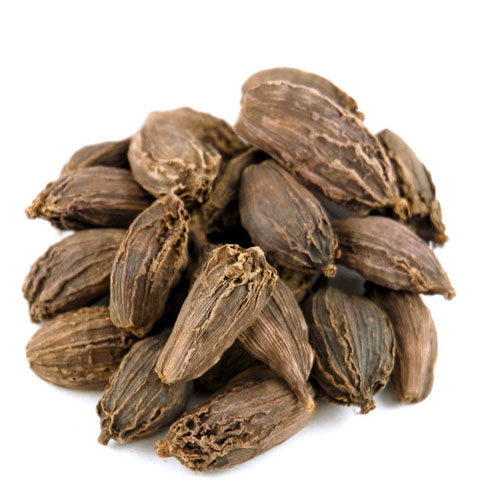
Black Cardamom And its Various Uses
Black cardamom
Plants and tress never plans anything about the future but does everything extraordinary well throughout the day and meets all its requirements perfectly. No one in the world can match the colorful life of plants and trees and can only thank them for its magnanimous attitude. It dangles in the air and sends positive vibrations to one and all. This topic will deal with a plant named Black cardamom which is falls under the family Zingiberaceae. The botanical name of this plant is Amomum subulatum.
Black cardamom has other common names such as hill cardamom, Bengal cardamom, greater cardamom, Indian cardamom, Nepal cardamom, winged cardamom or brown cardamom. The seeds smell like camphor with a smoky character. The pods have similar characteristics such as Indian cardamom, but with different flavor. Black cardamom is rarely used in sweet dishes unlike green cardamom.
The two distinct species of black cardamom are
- A.subulatum
- A.costatum.
Properties
The fruit is 4 to 6 times size of small cardamom. The seed has had the outer pod, or cardamom fruit, removed so that only the pure seeds remain. Generally the seeds are crushed or ground prior to use, which provides plenty of cardamom flavor at a more economical price. This cardamom plant is also widely distributed in mainland Africa and Madagascar. The fruit capsules, green in color, which are collected just before maturity, are three-sided, 8 – 25 mm long and 2 – 4 mm wide and have three compartments containing a total of 15 – 20 seeds (2 – 4 mm in diameter). The seeds are found in oval shaped, roughly triangular fruit pods that are between 1/4 and 1 inch long. Their dried surface is rough and furrowed, the large ‘blacks’ having deep wrinkles.
The texture of the pod is that of tough paper. Pods are available whole or split and the seeds are sold loose or ground. It is a perennial bush of the ginger family, with sheathed stems reaching 10-12 feet in height. It has a large tuberous rhizome and long, dark green leaves 30-60 cm (1-2 ft) long, 5-15 cm (2-6″) wide. Trailing leafy stalks grow from the plant base at ground level, these bear the seed pods. The flowers are white with blue stripes and yellow borders. The fruit is a small capsule with 8 to 16 brown seeds; the seeds are used as a spice.
Various Uses
- The first one is used in the cuisines of India and Pakistan and the second one is used in the cuisines of China and Vietnam.
- Since the black cardamom is priced cheaply many large-scale commercial bakers use it in their bakery items.
- Chinese use the pods in the meat dish namely Jin-Jin.
- The Vietnamese use the cardamom in noodle soup.
- The largest producer of the black cardamom is Nepal followed by India and Bhutan.
- Black cardamom is used for the treatment of abdominal disorders and malaria.
- Black cardamom has rich aromatic fragrance which is somewhat like camphor.
- This cardamom has a strong smoky flavor since it undergoes drying in open flames.
- The seeds contain minor portions of essential oil such as cineol, limonen, terpinen, terpineol and sabinene.
- This plant is normally found over the mountainous area from Himalayas to Southern China.
- Indian states call this pod in various names and in Hindi it is called kali ilaichi.
- The dried flower remains attached to each pod in the cluster.
- The size of the pod is between 2 cm to 5 cm.
- Sichuan province in China use this cardamom in many meaty dishes.
- It leaves the tongue with a warm antiseptic sensation similar to eucalyptus and a pepper like after taste

